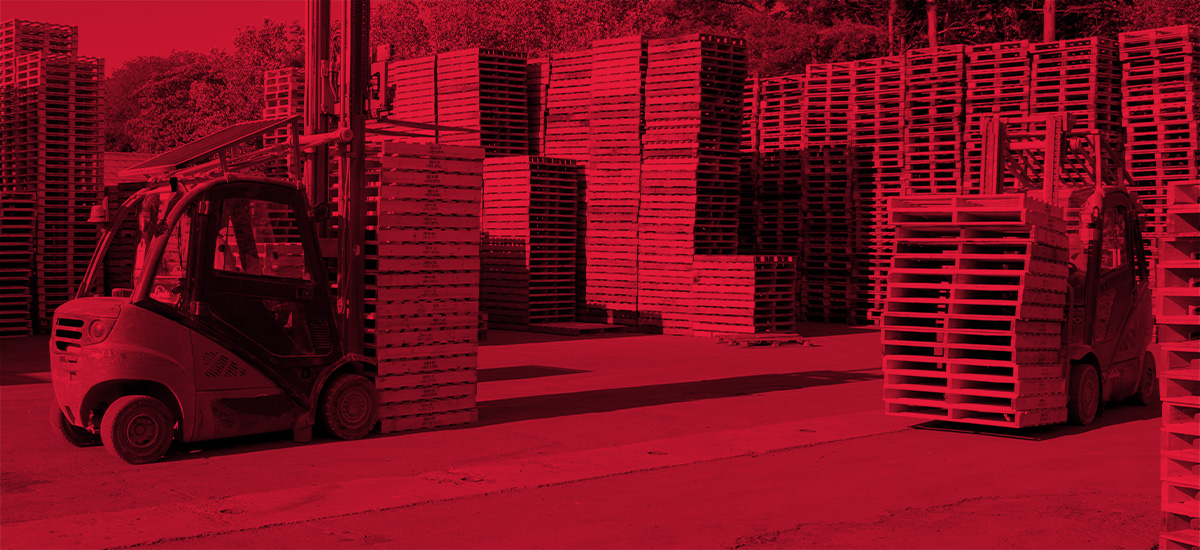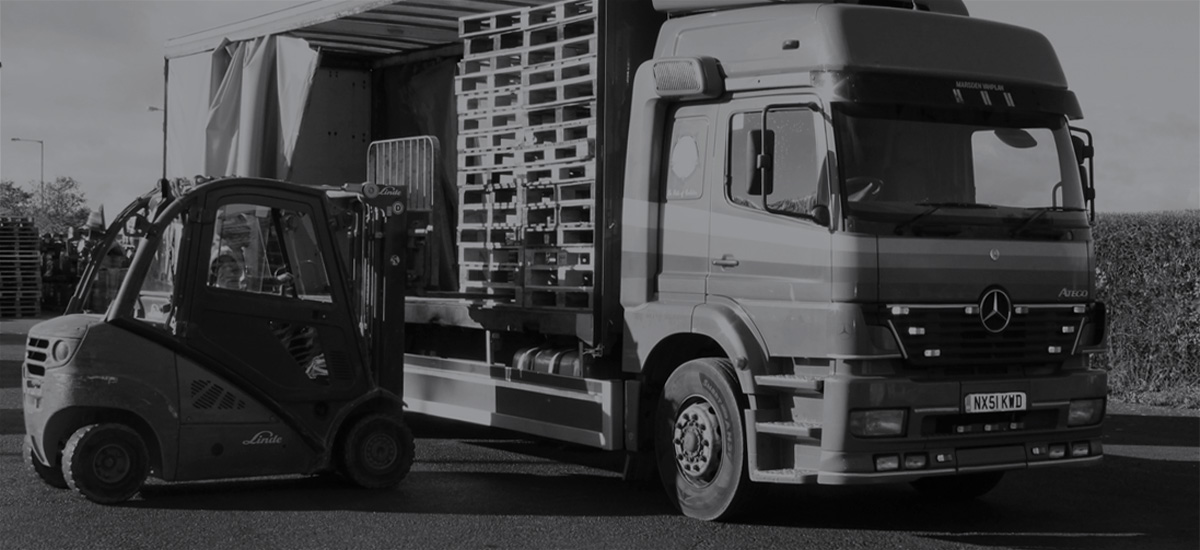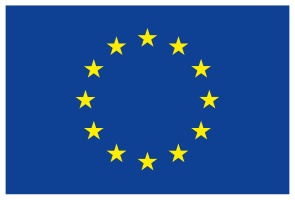Britain disposes of enough single-use plastic waste in a year to fill the Albert Hall 1,000 times, the Prime Minister said in a speech earlier in the month.
Although its versatility and durability are beneficial, plastic can have detrimental effects on the environment.
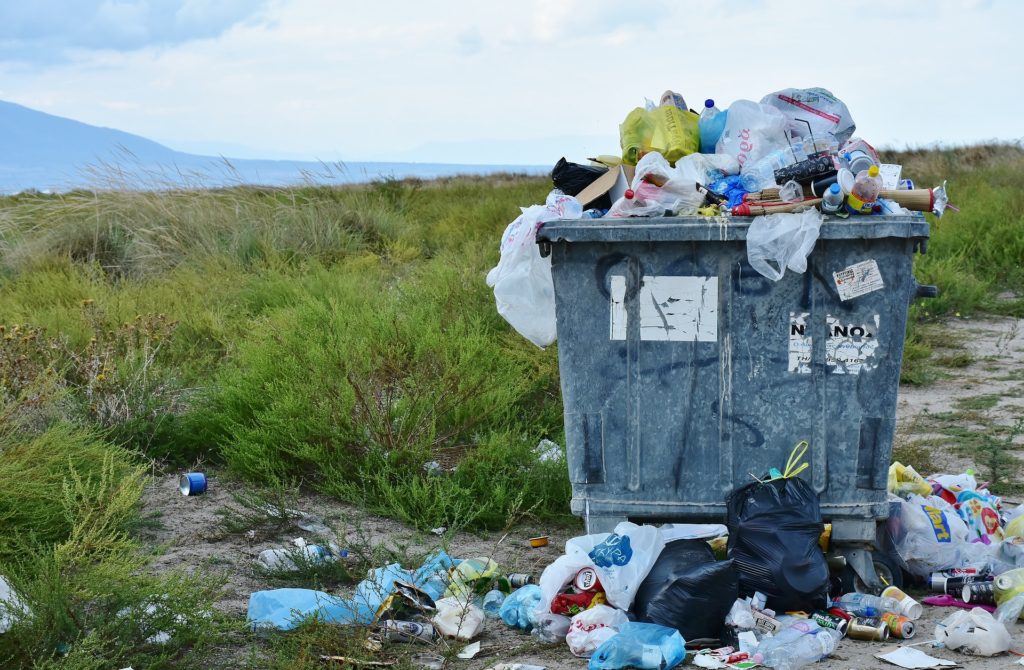
In the UK alone, during its recent Great British Beach Clean Up, the Marine Conservation Society found 718 pieces of litter for every 100-metre stretch of beach surveyed, and of this, rubbish from food and drink made up at least one fifth of the litter.
So, what exactly is being done by the Government to solve the plastic waste issue in the UK?
Theresa May has recently set out the long-awaited 25 Year Environment Plan, with the target of eliminating avoidable plastic waste by the end of 2042. The 151-page plan outlines the Government’s strategy for improving the environment and its goals are simple; to have cleaner air and water, to help plants and animals to thrive, and overall, create a greener country.
In the document, there are plans to tackle plastic waste by taxing single-use plastic packaging and encouraging supermarkets to create plastic-free aisles.
In light of the plan, Iceland Foods recently announced it is to become the first retailer to scrap its own-brand plastic packaging within the next five years. This pledge will be a major step towards reducing the one million tonnes of plastic generated by supermarkets in the UK each year.
The Government has emphasised the success of the 5p plastic bag charge, introduced in 2015, which has successfully reduced the use of plastic bags by 85% and encouraged customers to reuse bags.
Following this, Theresa May announced that the plastic bag charge will be extended to all shops, including corner shops, in an attempt to tackle our throwaway culture. This came just a week after MPs also called for a 25p ‘latte levy’ on disposable coffee cups.
In the plan, Theresa May also praised BBC’s Blue Planet II for highlighting the problem of plastic waste in the ocean. It showed marine life struggling to cope with the amount of plastic inconsiderately dumped into the seas and oceans by humans.
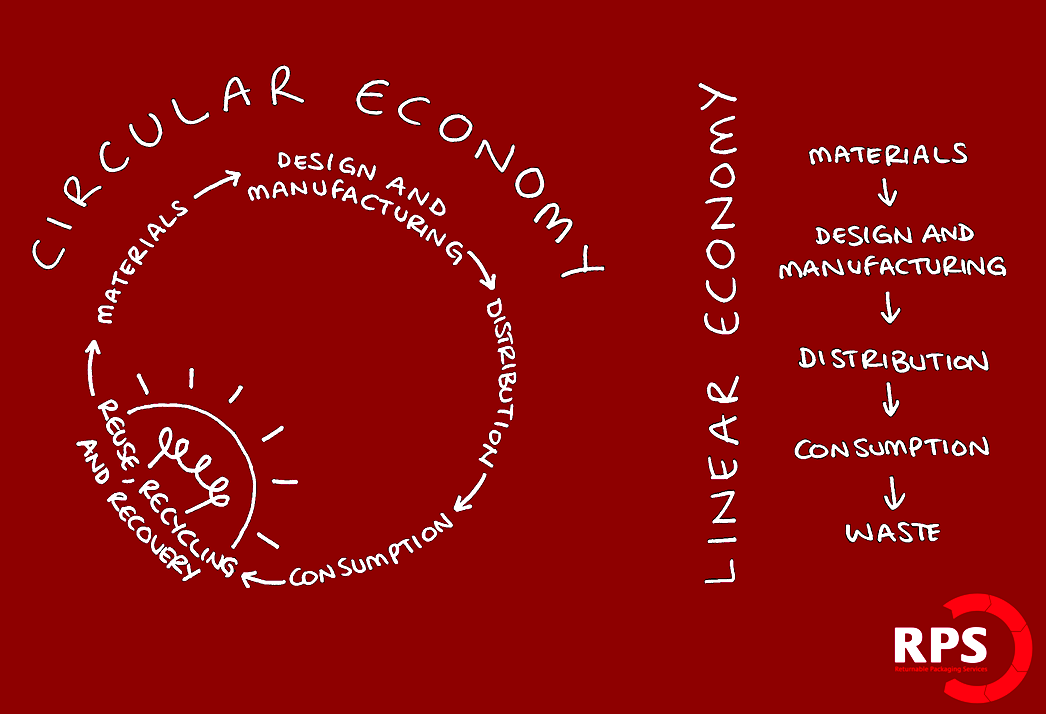
What can we do to reduce waste?
Waste reduction and the preservation of raw materials can help the environment in the long run.
Taking small steps towards not only change the consumers’ attitudes towards waste, but also retailers, will ultimately help to reduce the amount of waste we produce.
It’s important for consumers to recycle as much as they can, although this can be difficult as some plastic grades are not considered recyclable as rules vary between different local authorities.
Recycling Technologies, who we met at the RWM 2017 exhibition last year, provides an innovative solution to chemically recycle plastic back into a crude oil equivalent, offering an opportunity to all industrial sectors, which manage or produce End-of-Life plastic waste, to lower costs and meet environmental commitments.
We believe businesses should not only be aiming to reduce the amount of plastic waste they produce but also wood waste. That’s where we come in!
Thanks to our pallet supply and reuse services, we can provide new and reconditioned pallets to firms looking to reduce, reuse and recycle their packaging waste. We ensure all reconditioned pallets are inspected, sorted and repaired back to full working specification, in line with HSE guidance, so our clients have the confidence they are fit for purpose and ready to use. RPS collects used pallets, providing an environmental and sustainable solution for waste pallets.
As an environmentally-aware business, we like to do our bit to reduce waste. We’re proud to say that any pallets which can’t be reused or recycled are either processed into woodchip to be used as biomass fuel or animal bedding.
What are your views on the Government’s 25 Year Environment Plan? Let us know by tweeting us, @RPS_Limited.


